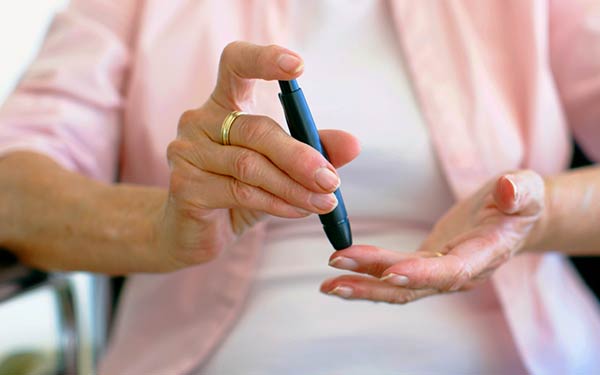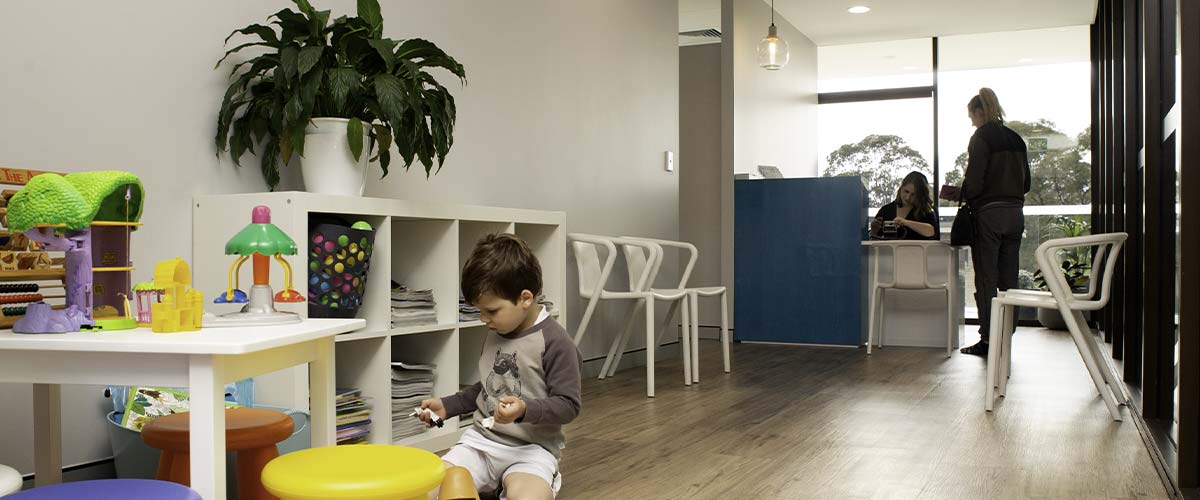Diabetic foot care

Foot care is particularly important with diabetes
Care of diabetic feet is extremely important to ensure that you continue to enjoy mobility and good foot health. Anyone who has been diagnosed with diabetes should be having a diabetes foot check by a podiatrist at least every 12 months.
Our podiatrists are trained to assess and treat the diabetic foot, monitoring general foot health.
The epidemic of diabetes is Australia’s fastest-growing chronic disease, faster than heart disease or cancer. Around 1.5 million Australians have diabetes, with more than 300 Australians developing diabetes every day – that’s one every five minutes (Diabetes Australia, 2023).
It is estimated that there are more than 4,400 amputations every year in Australia as a result of diabetes. It is vital for anyone with a history of foot ulcers or amputations to have regular diabetic foot assessments.
If uncontrolled, diabetes can cause a number of complications with your legs and feet. The two major common complications are:
Peripheral arterial disease (PAD)
Buildup on the walls of blood vessels (usually the arteries of the legs and feet) causes them to narrow, restricting blood flow. Symptoms may include:
- intermittent or irregular pain during activity and rest
- numbness, coldness or pins and needles
- blue- or purple-tinged skin
- sores or ulcers that do not heal.
Diabetic peripheral neuropathy (DPN)
The nerves in the foot become damaged due to diseased blood vessels. Symptoms may include:
- numbness and tingling in the hands or feet
- burning, stabbing or shooting pain in affected areas
- loss of balance and co-ordination
- extreme sensitivity to touch or pressure
- weak foot muscles.
How does a diabetic assessment prevent problems with my feet?
A diabetic assessment of your feet includes:
- Monitoring pulses in your feet
- Assessing areas of increased pressure
- Testing nerves
- Assessing footwear
- Removing excess callus
- Reflex testing
To better understand the blood flow in your feet, our podiatrist may use a handheld Doppler ultrasound machine. This is usually done on your first visit and then biennially to ensure there is no degradation in your vascular supply. Like all ultrasound technology, it is painless.
Combined, these steps help the practitioner to develop a good understanding of your needs and any risk factors can be discussed with you. Prevention is the key to keeping a diabetic foot in good condition.



